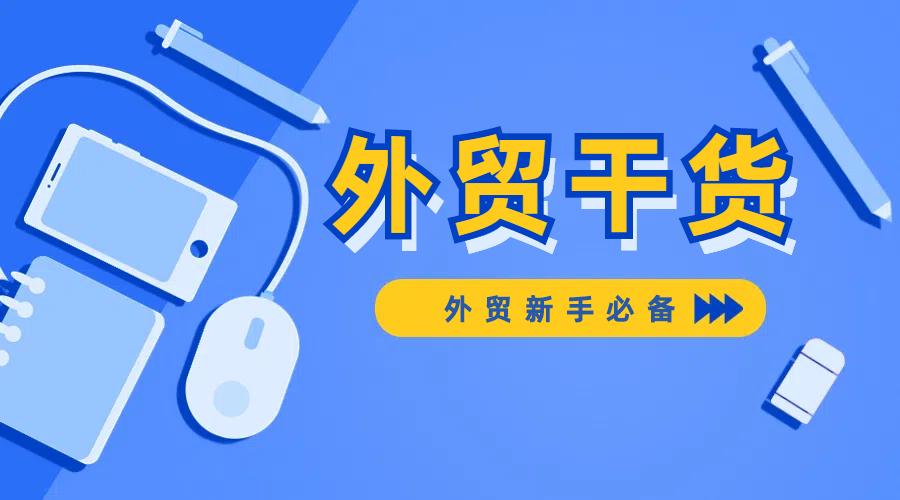 400-076-6558智领未来,外贸超级营销员
400-076-6558智领未来,外贸超级营销员
 400-076-6558智领未来,外贸超级营销员
400-076-6558智领未来,外贸超级营销员

In today’s fiercely competitive international trade arena, improving order processing efficiency is a decisive factor that influences profitability, customer loyalty, and global credibility. For newcomers stepping into foreign trade, mastering a systematic, reliable order handling framework is fundamental. This guide unpacks the entire order lifecycle, shares six practical techniques, and spotlights proven solutions to common pitfalls, empowering you to elevate your operational efficiency and secure stronger business partnerships worldwide.
Understanding and managing each phase of the order process with precision is crucial. This chain is typically divided into three core stages:
| Template Type | Core Content | Use Case |
|---|---|---|
| Customer Communication | Inquiry replies, showcasing product advantages, order confirmation emails covering quantity, delivery dates, payment terms | First communication with new clients, order modifications |
| Documents | Commercial invoice with formula-driven totals, packing lists including volume and weight conversions | Customs and client clearance |
| Exception Handling | Delay apology templates with root cause analysis, rectification steps and preventive measures | Urgent status updates and issue communication |
Store templates by customer region and version them regularly to stay compliant with evolving trade regulations.
Leverage advanced Excel functions like pivot tables and VLOOKUP to analyze order types and mark overdue deliveries. Utilize online collaboration platforms such as Feishu or Tencent Docs to monitor order statuses in real time with @mentions to keep teams aligned.
Specialized apps like AB Ke CRM enable detailed client profiling and automated reminders. For logistics, 17TRACK subscription services deliver real-time tracking and automatic report generation — keeping customers informed without manual effort.
Pro Tip: Concentrate on mastering one or two key tools deeply, to avoid workflow confusion common among beginners.
A well-controlled communication cadence builds trust and preempts disputes. Send an order confirmation checklist to customers within 24 hours of signing, incorporating e-signature invites to formalize agreements. During production, dispatch weekly concise progress photos and visual status bars — an effective way to reassure clients on order control.
Notify shipment details three days ahead, providing customs document checklists, and follow up one day before arrival to prepare reception. Equip your team with templated answers to frequent inquiries such as expedited delivery or sample discrepancies, ensuring timely, professional responses that enhance buyer confidence.
| Category | Criteria | Management Approach |
|---|---|---|
| A Class | High-value customers (annual spend > $500,000), urgent orders (delivery < 15 days) | Daily review, visually flagged in red on calendars for top priority |
| B Class | Regular orders | Follow-ups every Tuesday and Friday, yellow tag marking |
| C Class | Small trial orders or first-time customers | Follow-up every 3 days with green tags to track key milestones |
Begin each workday dedicating the first 10 minutes to prioritizing tasks according to this system, ensuring high-impact orders never fall behind.
Practical Advice: Document risk points with assigned responsible colleagues and deadlines in a visible workspace, fostering team accountability.
Effective retrospectives are key to sustained improvement. Complete a quick debrief within 48 hours after each order closure and compile a monthly review summary.
| Quadrant | Analysis Focus | Improvement Action |
|---|---|---|
| Successes | Smooth communication phases, e.g. pre-clearance checks accelerated customs | Integrate these steps into standard operating procedures |
| Improvement | Ambiguous packaging descriptions caused client complaints | Develop detailed packaging visuals requiring customer sign-off |
| Unexpected Risks | Sudden port strikes delayed deliveries | Add alternative port clauses in quotes to mitigate risk |
| Learnings | Mastery of L/C mismatch issue resolution processes | Create simplified five-step process guide for team knowledge sharing |
Challenge: Overloaded with 5+ orders leading to missed deadline reminders.
Solution: Adopt the Pomodoro Technique with three 90-minute focus slots daily dedicated each to a single 'A' priority order. Reserve late morning for responding to emails and non-urgent tasks.
Challenge: Customs declarations repeatedly require correction due to inaccurate weights.
Solution: Enforce cross-verification with a 'two-person check' rule. Employ a checklist that covers 10 critical item points like amounts, HS codes, and box numbers to eliminate mistakes.
Challenge: Packaging color assigned by assumption, conflicting with customer specifications.
Solution: Send detailed images with Pantone color callouts for non-native English clients. Request explicit email confirmation to finalize specs.
Key takeaway: Order processing mastery is all about "precision plus systematization." New traders should focus on building thorough habits of documentation and verification. Track one success and one area for improvement after each order to progressively transform from overwhelmed beginner to composed professional.
Ready to streamline your foreign trade orders with a professional CRM tool tailored for B2B exporters?
Discover how AB Ke CRM simplifies client management, automates follow-ups, and centralizes order tracking.
Start your free trial today and boost your trade efficiency!
.png?x-oss-process=image/resize,h_100,m_lfit/format,webp)
.png?x-oss-process=image/resize,h_100,m_lfit/format,webp)

.png?x-oss-process=image/resize,h_100,m_lfit/format,webp)
.png?x-oss-process=image/resize,h_100,m_lfit/format,webp)
.png?x-oss-process=image/resize,h_100,m_lfit/format,webp)
.png?x-oss-process=image/resize,h_100,m_lfit/format,webp)
